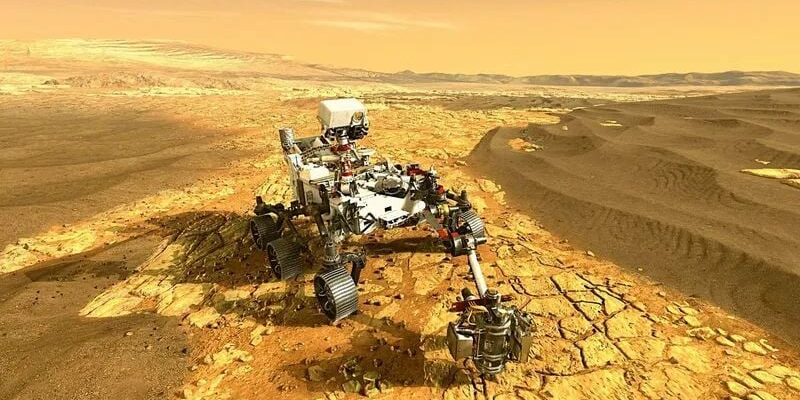NASA has completed an important stage in its plan to bring samples from Mars to Earth. The mission will be a big step forward for space exploration.
NASAhas made significant progress in its goal of bringing rock and soil samples collected from Mars to Earth. This mission, called Mars Sample Return, will allow scientists to learn more about the Red Planet’s past and possible traces of life. The mission aims to deliver samples collected on the surface of Mars to Earth in 2030.
Why is NASA’s Mars Mission Important?
NASA sees the mission to return samples from Mars as a turning point in space exploration. With this mission, scientists will have the opportunity to examine the traces of ancient life on the surface of Mars and the geological structure of the planet in more detail. Samples taken from Mars will be analyzed in laboratories on Earth, providing much more accurate results than remote examinations.
As part of the mission, the Perseverance vehicle, which landed on Mars in 2021, played an important role in collecting samples. The vehicle will safely store the samples it collects and be transported to Earth by a future spacecraft. NASA, in collaboration with the European Space Agency (ESA), developed a new landing and launch system to bring these samples to Earth.
NASA planned a very complex process to bring Mars samples to Earth. First of all, the samples collected by Perseverance will be transferred to another vehicle that will land on the surface of Mars. This vehicle will carry the samples to Mars orbit and combine them with a spacecraft waiting there. In the final stage, this spacecraft will return to Earth and deliver the samples safely.
This major mission includes a series of launch and landing operations planned to be completed in 2030. With the Mars Sample Return mission, NASA aims to both investigate signs of life on Mars and obtain critical data for future manned Mars missions.
